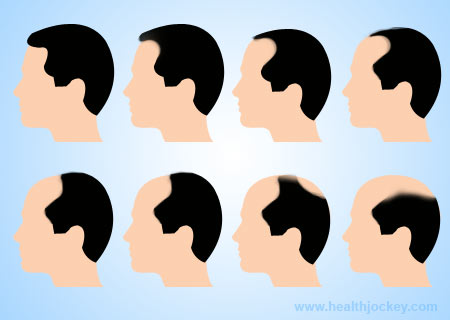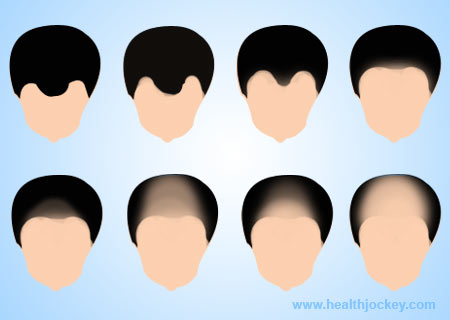Losing hair can be very difficult socially. Because we are used to the way we look and so are people we interact with, the transition can be very uncomfortable. But if you feel you have the right bone structure as they say, there is nothing like going bald! You save time, money and energy otherwise spent in grooming and fretting over this vestigial appendage. The kind of confidence this needs is in short supply. So for most mortals, options to remedy a thinning and/or receding hairline have to be explored. As we have mentioned in the first feature of this series, hair care is a multi-billion dollar industry. To make sense of the multitude of options available, one needs unbiased and actionable information. Between advertorials and sponsored search results, this can be hard to find. We hope this series on treatments for hair thinning and balding has been helpful. We end this series with an account of Hair transplant and use of stem cells.
Basics:
Having gone through almost all treatments for hair thinning and balding, what we are left with is hair transplants. Hair transplants are the most comprehensive and the most expensive treatment for baldness. Like in skin grafts, hair from one part of the patient’s scalp is transplanted to another that is sparse or bald. In typical male pattern baldness, the hair at the back of the head does not fall out. It is genetically primed to grow throughout life. These follicles are grafted.
Who?
Hair transplant is the last resort for people suffering from male pattern baldness. If you are suffering from alopecia (sudden loss of hair from a patch) alone, this procedure is not for you. Basically, this is an invasive procedure for irreversible hair loss. If your hair loss is due to medications, malnutrition, co-morbid illness, damage from styling etc, it can be reversed with medication and other changes. Hence, consulting a dermatologist before deciding on transplant is essential.
Also, one needs to be sure the hairline won’t recede any further. Otherwise, the transplanted hair can look very odd and make follow-on procedures necessary. Many people need to continue other therapies for on-going hair-loss along with multiple sessions of transplants. This can be a very stressful and expensive affair.
How?
Hair from the back of the scalp or any other dense region of the scalp is extracted with its underlying follicle. These individual strands are then implanted into the bald or thinning regions of the scalp. A micro-knife is used and the procedure is carried out under a microscope. In a typical procedure hundreds if not thousands of cuts have to be made. Local anesthesia is necessary and general anesthesia may also be administered. Though advertised as outpatient procedures, multiple sessions are often required. Pain and tenderness persists after the procedure for at least one week.
Where?
Apart from ‘trichology centers’ and chain clinics, specialized dermatologists also perform these procedures. Be sure to consult more than couple of facilities before deciding.
How much?
Having seen and heard of celebrities undergoing procedures, one would know these are expensive treatments. But just how much do they cost? A minimum budget of one lac rupees (2000 USD) is required. The cost can go up to 5 times as much and more depending on number of sessions and complexity involved. Hair transplants have been around since the sixties and various different methods exist. The methods in which individual hair follicles are grafted instead of entire patches of scalp give the best results. It follows that these are also the most expensive methods.
Stem Cell Therapy for Hair Loss?
If stem cells have been used to grow entire organs in labs, why not hair you ask. It has been under investigation for some time now but there have been no promising results. For a therapy to be proven successful enough to be made available to the public at large, we need to know the exact gene or genes responsible for causing hair loss and then switch them off. To say that this is like finding a needle in a haystack would be an understatement. Optimistic scenarios say such treatments will be possible over the next decade. But one would not want to put money on it. Till then, the treatments we have covered so far will have to do.
Final Verdict:
The image one has of transplanted hair is that of a doll-like head of hair. The latest procedures pay a lot of attention to detail making a more natural look possible. With the basics of the operation taken care of, doctors are now able to concentrate more on the aesthetics. The angle at which the follicle is inserted into the bald part of the scalp determines the flow of the hair. The aim is to make it blend into the surviving hair and make it look like the glory days before baldness struck.
If you can spend the money and are dying not to look bald, go for hair transplant. Be sure to get feedback from other patients about a particular facility. Chances are, you will get more negative feedback than positive. Understand that in any aesthetic surgery, success is subjective and then decide.
– Punit Pania


